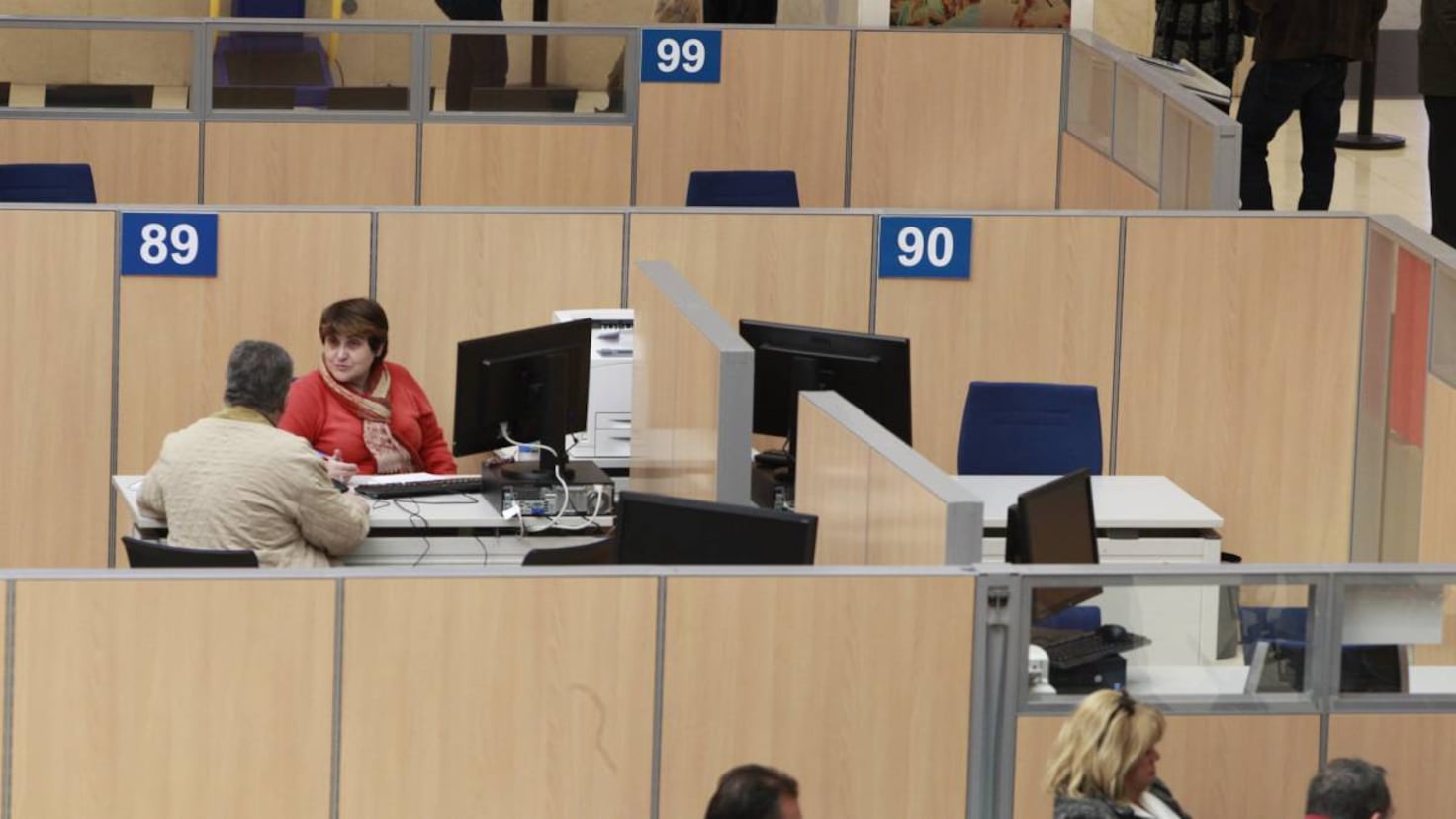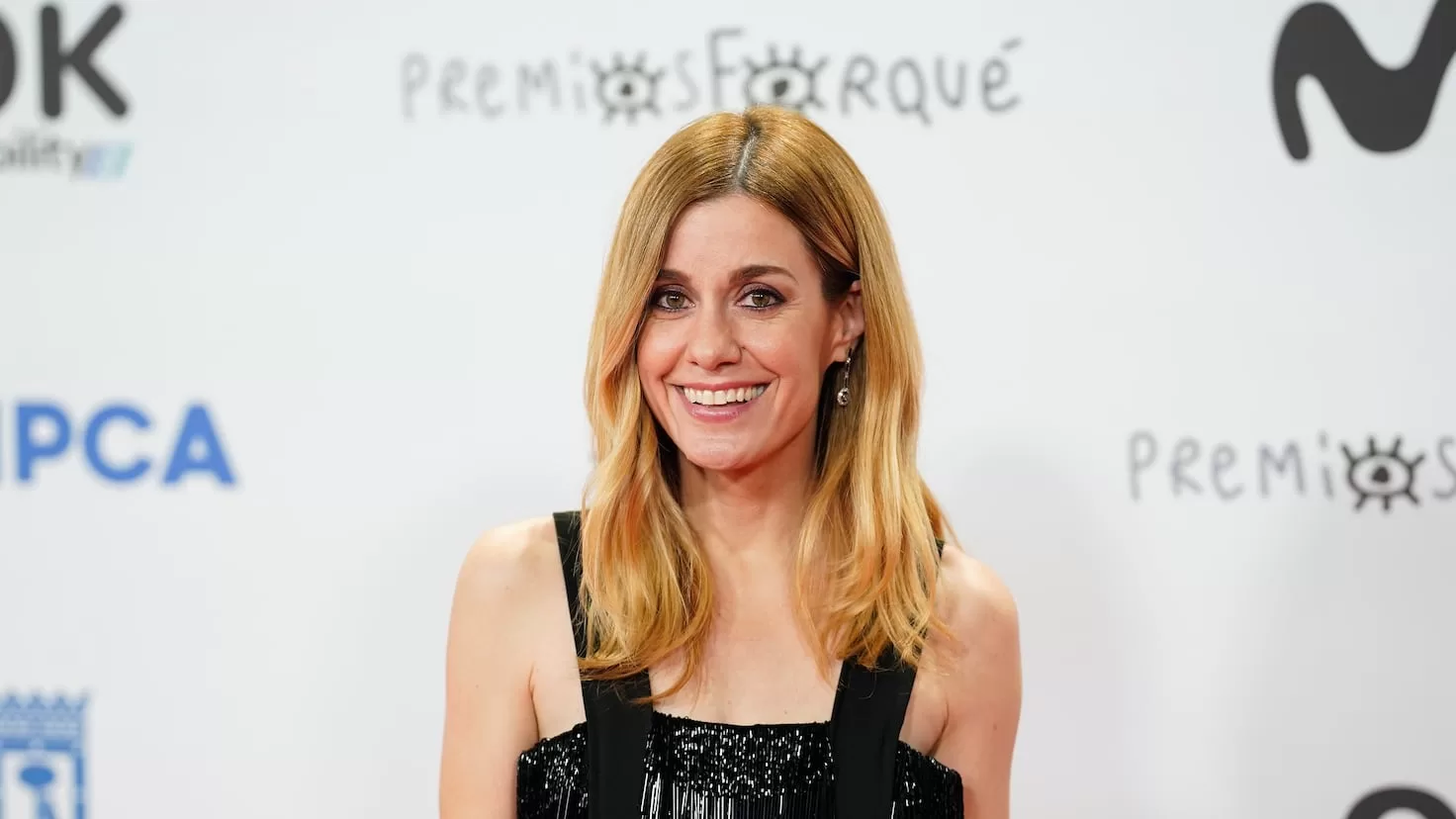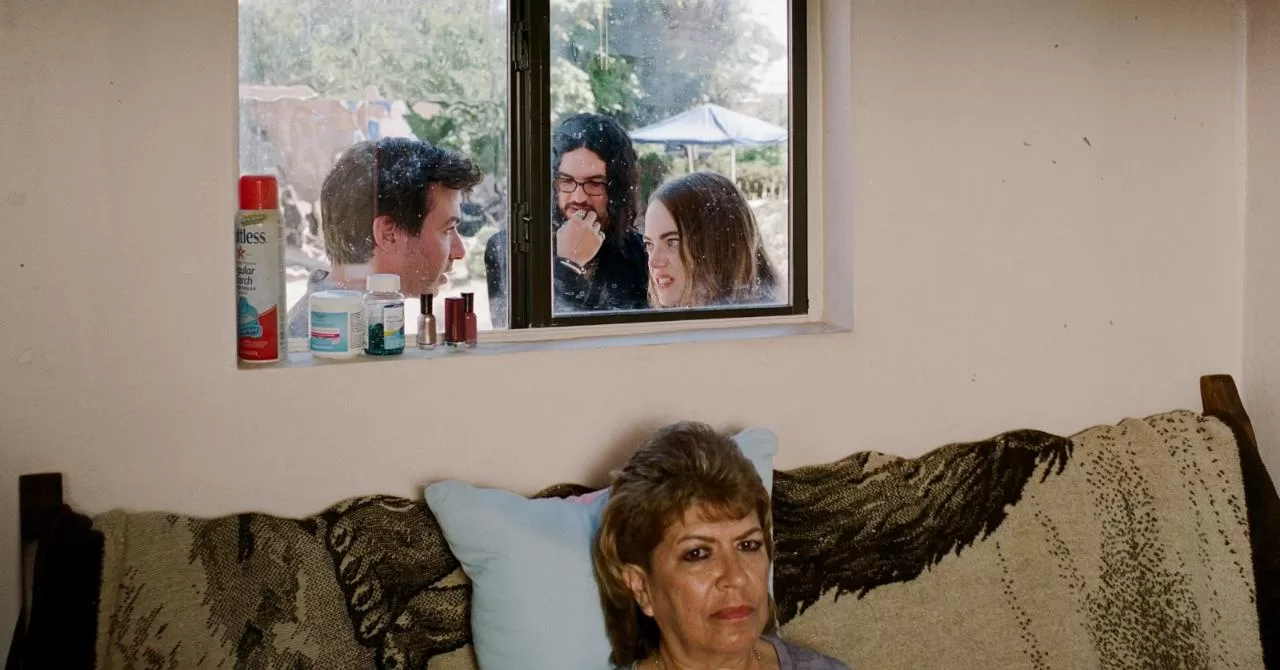Desire and power are two great engines that move the world. Stories are rarely told where both forces are not a key point in someone’s tragedy (both in real life and in fiction). Feeding on our zone of minimum resistance (that part of our psyche where there is no capacity for reflection), it seems impossible to satisfy the cravings of this duo that bewitches us. If we add to this the morbidity generated by what is forbidden, we have an explosive mixture whose devastating effects result in stories that fascinate and frighten us by showing us how easy it is to fall into a spiral of madness when we are intoxicated by this couple. This is where it fits Millers Girl, the pear cousin of Jade Halley Bartlett. The new movie that Lionsgate brings us, where and Jenna Ortega and Martin Freeman They explore the darkest part of desire and power dynamics.
Set in an anonymous small town, the story introduces us to Jonathan (Martin Freeman), a literature professor who teaches at a local school. With a couple of published titles and a paralyzed writing career (halfway between promising and unsuccessful), our protagonist seems to have a monotonous life. Things change completely when he starts a new course and he meets Cairo (Jenna Ortega), a mysterious student who catches his attention. Unlike her other students, this girl has talent, sensitivity and a vast literary culture for her age. This piques Jonathan’s interest, causing Cairo to become a kind of protégé for him. In the same way, she is intoxicated by the attention she receives from her teacher and begins to explore the limits of her relationship with him. Thus, what begins as a mentor-student dynamic transforms into a game of power and seduction where the lines between reality and fiction blur, allowing the most perverse side of both to emerge.
The script of Millers Girl explores those great tragedies that occur in places so small that they easily go unnoticed by everyone (transforming into hallway gossip or urban legends). Stories that, despite how distant they seem, are much closer to us than we believe. Jade Halley Bartlett He avoids the formula of small town, big hell (which could have been the most obvious way out) and focuses on the game of projections that engages Jonathan and Cairo (making everything else disappear). He sees in her the talent and passion that he lost long ago, she sees in him the idealization of experience. The two, in a deeply narcissistic dynamic, obtain from each other the attention that they cannot gain in their different realities (Jonathan with his wife, Cairo with boys his age). This produces in both characters a kind of inflation fueled by intellectual pretensions that makes them transgress all kinds of rules (as if they had permission to be beyond the limits imposed by people who are not as brilliant as them). In this way, the hierarchy between teacher and student is erased, giving way to a dynamic where power is held by the one who seduces and can please (or not) the other.
In the visual section, the direction of Jade Halley Bartlett reveals, for better and for worse, that the raw material of the script of Millers Girl It was a play. Its main strength lies in the dialogues, the development of the conflict through subtext and the cast’s performances. It is almost like an exercise in character building through a situation that accumulates tension in crescendo towards an imminent disaster. Thanks to its minimalist staging (the entire story takes place in just 4 or 5 locations) and a fairly sober directing proposal (where the camera remains fixed and resolves many moments with just a couple of shots), the audience experiences the constriction of the characters who, on the one hand, feel trapped in a world that is too small for them and, on the other, emulating the feeling of a play, it seems that they are always exposed to the gaze of an audience that scrutinizes each of their actions. and dialogues (increasing the feeling of fragility in the relationship between both). At the same time, its director creates dreamlike spaces through editing using writing and fantasy as an excuse. This is how the entire story is intercepted by sequences with a more violent rhythm, slow motion, emblematic shots, very close-ups, which serve to express the dizzying rhythm of what Cairo and Jonathan feel internally but that externally we cannot perceive in the frames. aesthetics where they interact in the real world. This may bother some (because they feel the action is too overstated), but it is a completely logical decision and compatible with the script.
Like any text with theatrical overtones, the main attraction of the story is in the characters, their interactions and dialogues. This is where, without a doubt, it shines Millers Girl. Jenna Ortega, as always, is spectacular. While it is true that she continues to explore the character of an intelligent, mysterious girl who does not fit with her age/context, in this story she adds an extra layer: sensuality. The result is a kind of dark object of desire that distances her from other children’s or comedy roles. Furthermore, her presence and confidence on camera to convey a lot with just a look or a slight action shows us the maturity of her talent. Next to her, Martin Freeman He also shines for his contained performance and the amount of nuances he gives to an extremely complex character (who, with a small mistake in a gesture or a look could destroy the line of sexy ambiguity to transform into predatory harassment). Thanks to the fact that the director often explores Jonathan’s perspective with her camera, we can understand his insecurities, frustrations and why he falls into the dangerous dynamic with Cairo (making us as an audience constantly question the role between victim and victimizer). Finally, although his appearances are few, the great surprise of Millers Girl It’s Dagmara Domiczyk. She plays a resigned and alcoholic wife who in every interaction with Jonathan reveals her complexity (her nuances range from casual sensuality, condescension, to poisonous rage), in addition, her dialogues are the best in the script and her performance steals all of them. the scenes she shares with her husband.
In a first layer, Millers Girl presents us with controversial and complex topics such as #MeToo and grooming to give us a twist that brings us closer to the darkest part of the desire that resides in the hearts of many. Using fiction as a liminal zone that blurs the boundaries between reality and fantasy, it gives free rein to a perverse game of power that hides between the lines and develops between glances. Contrasting the fears and frustrations of adulthood with the courage and desire of youth, we move between two poles that constantly exchange roles using the ambiguity of what is not expressed, but is known. History takes us from seduction to horror, reminding us that there are doors that should not be opened and, above all things, we must never fall into the trap of giving up our only power (the one we have over ourselves) for the ephemerality of a desire. that, in a matter of seconds, can destroy everything we have built during a lifetime.
The best: the performances of Jenna Ortega, Martin Freeman and Dagmara Domiczyk. The development of the conflict blurring the lines between victim and perpetrator (and moving from one pole to the other). The tension, sensuality, perversity and darkness that it explores.
The bad: Due to the topic it raises, it is possible that it will raise some controversy surrounding the actions of its protagonists. Its theatrical staging, at times, contrasts with the dreamlike moments, marking the distance between one and the other too strongly.
About the Author:
Luis Bond is a director, screenwriter, editor and university professor. Since 2010 he has dedicated himself to film criticism on the web, radio and in print publications. He is a Tomatometer-approved critic on Rotten Tomatoes (). His training in film has been complemented with studies in deep analytical psychology and symbology.
Twitter (X), Instagram, Threads, TikTok: @luisbond009
Web: www.luisbond.com




